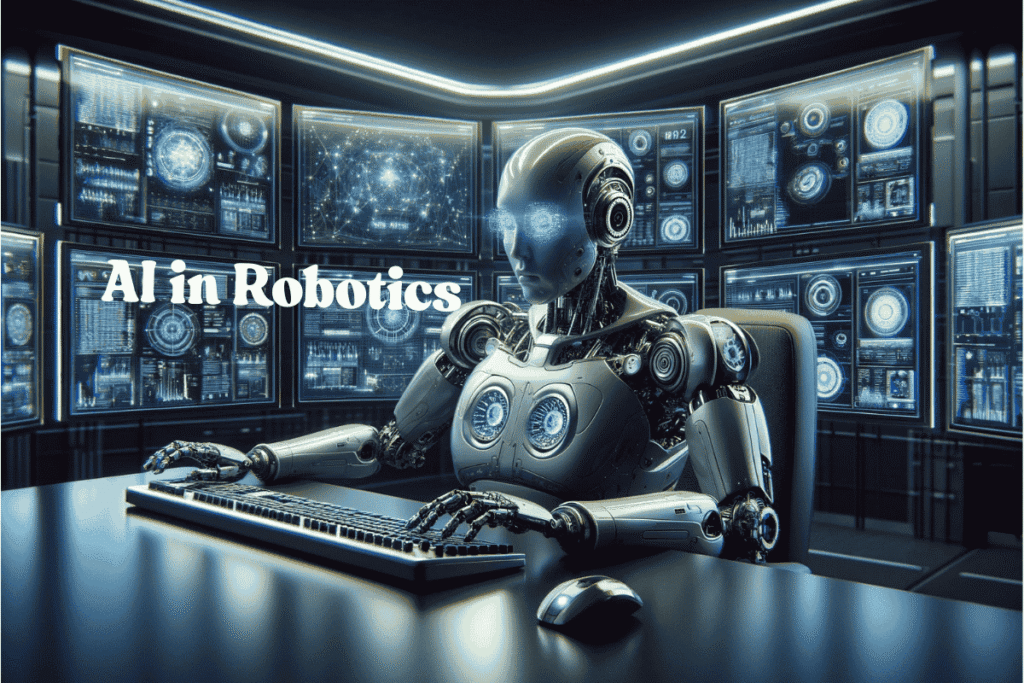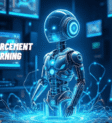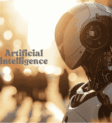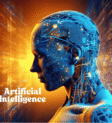Hello people! How is artificial intelligence transforming robotics across various industries today? The AI in Robotics fusion of the industry is opening up a new dawn in industries, as the machines can perceive, reason, and act without guidance in a complicated setting. Whether in manufacturing, healthcare, or agriculture, space, or any other field, robotics powered by artificial intelligence is transforming how work is carried out, making it more efficient, safe, and innovative.
This detailed paper examines AI in robotics and looks into important technologies, applications, hurdles, and trends. Now we have the key to realizing the potential of intelligent robots to transform our world as a result of this synergy.
Let’s dive in!
Table of Contents
Robotics AI
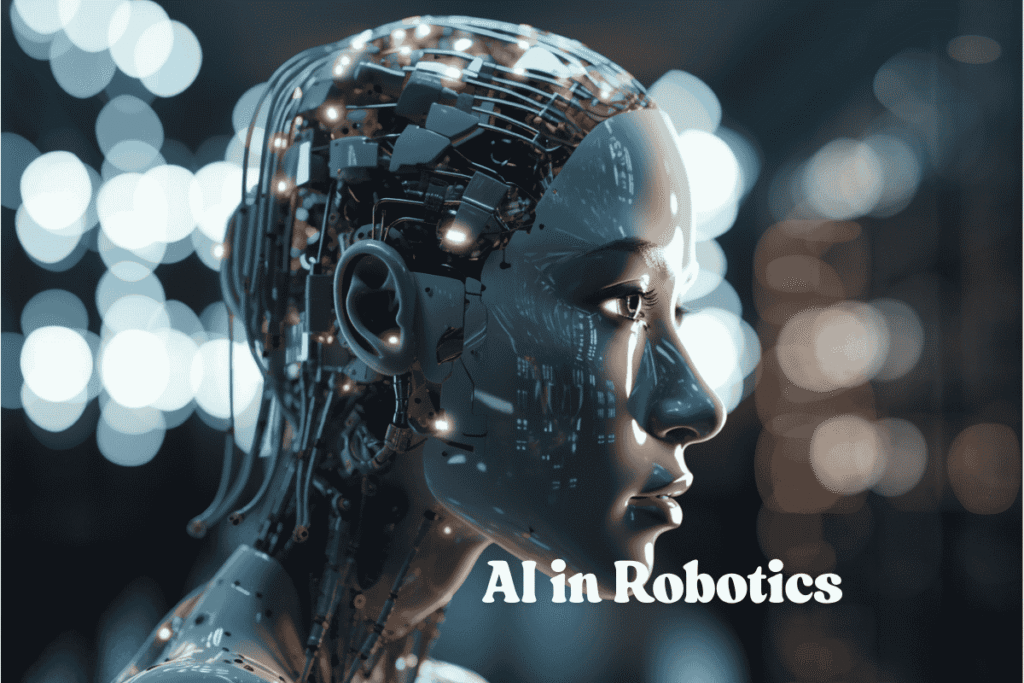
AI in Robotics describes a scenario where systems robots are designed using AI techniques and algorithms to become intelligent. The AI-based robots can interpret information, make decisions, and work in dynamic environments with the help of machine learning, computer vision, natural language processing, and other AI-based technologies that allow the use of information by the robots, whereas the conventional robots follow predefined principles.
The combination of functions enables the robots to accomplish the tasks that are indeed extremely complex, including the control of the areas that cannot be estimated, object recognition or even collaboration with the human beings with minimum human control.
Key AI Robotics Aspects
- Perception: You input the sensors and the AI, such that they read the environmental information.
- Logic: A decision support using algorithms.
- Action: Being able to carry out accurate, flexible tasks.
- Learning: The ability to learn more and to do better because of experience.
AI Technologies for Robotics
Learning with AI
Machine learning (ML) and deep learning (DL) enable the robots to learn repeatedly from the available data to the end that they can execute their tasks better as time goes on.
Robotics:
- Supervised Learning: Instructing robots to detect patterns, i.e., detecting faults in a production line.
- Reinforcement Learning: The ability of robots to learn to do things as best as possible, i.e., the ability of robots to learn maze navigation or the ability to grasp.
- Deep Neural Networks: Deep jobs, including image recognition or speech processing, are driven by these networks.
Applications:
- Training of robotics arms to offer accuracy when assembling the goods.
- The way to get drones to navigate around obstacles is by using reinforcement learning.
- A case is a robot arm that uses reinforcement learning to optimize its grips to enable it to pick fragile objects.
Computer Vision
The computer vision as an aspect has to do with the fact that the robots are able to view and comprehend the images being shown to them by the cameras and sensors this comes into play where a robot is attempting to move and detect things.
Robotics:
- Object Detection: finding and locating objects in real-time using an algorithm like YOLO or Faster R-CNN.
- Image Segmentation: It involves the division of the images into meaningful sections to proceed with activities like supporting the surgeries.
- Pose Estimation: The position and direction of objects or humans.
Applications:
- Automobiles with embedded technology that read road maps and road pedestrians.
- Robots sort the packages in warehouses.
- A computer vision delivery robot can recognize obstacles on a sidewalk.
Natural Language Processing
NLP assists the robot to decipher the language of the humans and respond to them and it makes communication between the human and robot possible.
Robotics:
- Speech Recognition: Speaking the commands that are going to be fulfilled in practice.
- Dialogue Systems: To propel conversational-based robots like customer service robots.
- Sentiment Analysis: In which human sentiments are measured to make adaptive responses.
Applications:
- The social robots that direct the elderly patients to speak out loud.
- The restaurants have service robots that accept orders.
- A robot having a humanlike appearance completes a command of a user to inform him of the weather through NLP.
Path Planning, Navigation
Artificial intelligence programs help robots to navigate through a room, past obstructions, and in laying paths.
Robotics:
- Search Strategy: A or Dijkstra algorithm to find out the optimal ways.
- SLAM ( simultaneous localization and mapping): Locating and at the same time mapping the robot.
- Motion planning: Searching the paths that do not cause collision around robotic arms or drones.
Applications:
- Machinery drones to survey crops.
- Hospital robots are walking down the corridors to deliver supplies.
- An instance is that of the house cleaner robot that uses SLAM to locate its way around a house and avoid any furniture and other objects.
Sensor Fusion
Sensor fusion In sensor fusion, data of different panels (e.g. LIDAR, cameras, IMUs) are used to provide a comprehensive view of the surrounding.
Robotics:
- Data integration: Fusion of sensor information to sense real information.
- Robustness: Enhancing dependability in a raucous or changing situation.
- Real-Time Processing: Real-time decisions.
Applications:
- Self-driving cars are integrated with the information from LIDAR, radar, and camera.
- The convergence of industrial robots with the environmental differences.
- An example of a robotic vacuum combines LIDAR and camera information to navigate around a room.
Control Reinforcement Learning
Reinforcement learning (RL) could be defined as a process of training robots to take sequential actions depending on the rewards that would teach them the desired behavior.
Robotics:
- Policy Learning: Making plans that are taken to accomplish tasks like reaching out or moving around.
- Flexibility: Providing the robots with the ability to handle unforeseen circumstances.
- Simulation: They learn it by practicing as it happens in a simulation, then start it in real life.
Applications:
- Trained robotic dogs that walk on rough tracks.
- Energy-efficient motions of robots in the industry.
- RL is used to demonstrate how to train a quadruped robot to climb up stairs.
Application of AI in robotics
Industrial Production
All the robots that can be characterized by the AI automate the process of production, which is better and more efficient.
- Robotic Arms: Selective assembly, welding, and packaging work.
- Quality Control: Helps to improve the quality of the product by detecting defects.
- Predictive Maintenance: Employ sensor information to avoid equipment failure.
Tesla is a curious example: it has AI robots that build and test their batteries at the Gigafactory.
Healthcare
AI robotics helps in the better experience of patients and efficiency of operations in the field of health care.
- Surgical Robots: They assist a surgeon to advance precision using computer vision and ML.
- Rehabilitation robots: Help in motor flexible movements.
- Service Robots: Deliver pills or take care of patients in the clinics.
Example: The Da Vinci Surgical System is a type of surgical device that enhances AI in minimally invasive surgery.
Agriculture
The AI robots can be used in terms of streamlining the farming process, which takes care of the labor gap and sustainability.
- Self-Driving Tractors: Navigation and vision are used to plant and harvest crops.
- Drones: Aerial visions and ML indicate crop wellbeing.
- Robotic Harvesters: selectively picking fruits without much waste.
Example: John Deere generated AI-enabled tractors that track the ideal set of planting.
Logistics and warehousing
Supply chains processed with AI robotics help to save money and reduce the level of mistakes.
- Sorting transportation: Sorting by transportation and packing products through navigation and sight.
- Delivery Drones: drive themselves through the packages in urban regions.
- Inventory Management: ML is used to identify the stocks that are needed.
Examples: The Kiva robots deployed by Amazon convey shelves to the employees at the fulfillment centers.
Robotics and Home Services
The home and service Robots are enhanced by AI to be more convenient.
- Vacuum Robots can move around houses to mop the floor autonomously.
- They could provide fellowship or care to the aged.
- Greet and assist customers in the fashion or hospitality industries.
Example: The example of iRobot is Roomba, which possesses AI technologies to move across the home and clean it up efficiently.
Space Exploration
AI robots are also employed in unfavorable locations that are characterized by severe environments, like space.
- Rovers: SLAM and vision to explore planetary ground.
- Autonomous Probes: There is a collection of data and minimal human interference.
- Maintenance Robots: Repair the satellites/ space stations.
Example: AI assisted NASA in analyzing the terrain on Mars by using the rover Perseverance.
Protection and shielding
The AI robotics encourages safety and efficiency in a high-risk situation.
- Computer Vision: Preview Surveillance Drones.
- Bomb Disposal Robots: No risks due to the maneuverability.
- Robotic Cars: Escort, patrol, or escort supplies.
Example: The Spot robot by Boston Dynamics is an example of an investigation robot that explores dangerous areas to serve the army.
Future of AI and Robotics
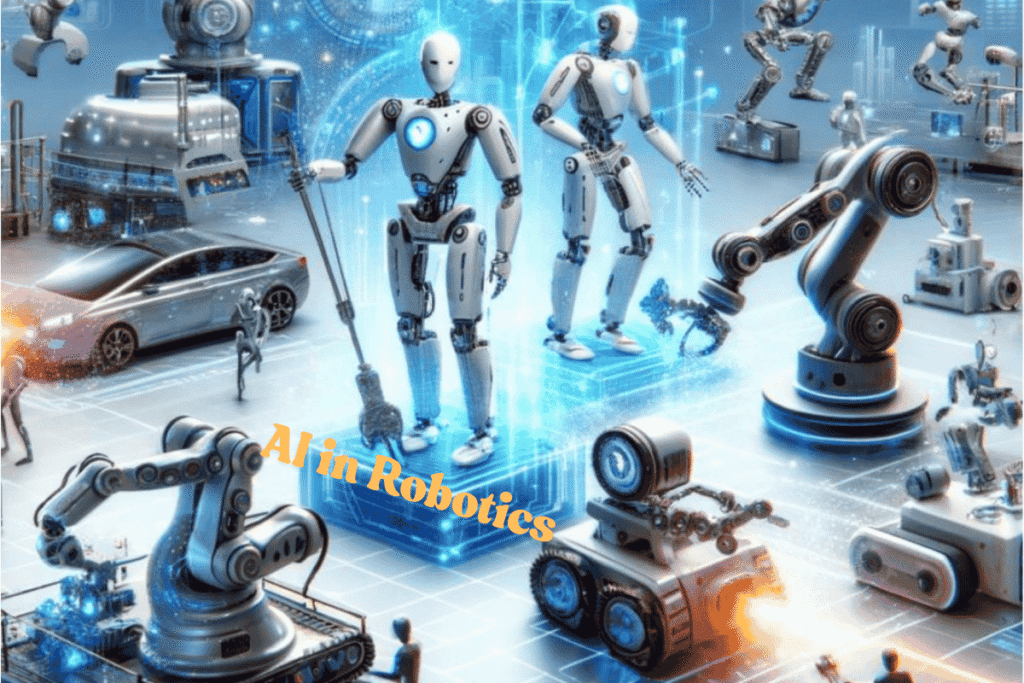
Cobots Collaborative Robots
Cobots are human assistants, and they work using AI to ensure successful and safe operations.
Example: Cobots manufactured by Universal Robots assist in the assembly lines.
Swarm Robotics
Through AI, robots are capable of doing their work in teams.
Example: Search-and-rescue drones (swarm).
Edge AI
Deploying AI on robots reduces latency and the usage of the cloud.
Example: To process in real-time, Robots with NVIDIA Jetson are used.
Human-Like Robots
Bots of friends/helpers are created using sophisticated NLP and vision.
Example: Robot Pepper, SoftBank speaks to the client.
Autonomous Systems
Full autonomy robots do not involve anything regarding humans, except during the training stage.
Example: An example here is the self-driving cars deployed in the cities created by Waymo.
Moral AI and Domination
Rising ethical, transparency, and safe robotics.
Example: AI Act of the EU, which is affecting the implementation of robots.
Bio-Inspired Robotics
To design adaptive/ resilient robots, the AI also mimics the biological mechanism.
Example: An example can be given of robotic fish that are applied in the exploration of the sea.
Robotics Real World of AI
- Economic Growth: Other benefits of automation include increasing innovation and productivity.
- Safety: robots handle hazardous job tasks, and thereby lessen human hazards.
- Availability: Assistive robots provide an opportunity for disabled persons.
- Sustainability: Sustainability is based on the fact that the use of robotic machines in agriculture avoids the wastage of resources.
Jump into AI Robotics
Fundamentals Study
- Get versed in Python and ROS using the Web.
- Take the DeepLearning.AI ML courses on Coursera.
Build Projects
- Make an easy-as-pie robot with Arduino or Raspberry Pi.
- Assemble an OpenCV computer vision framework.
Join Communities
- Read ROS forums or X robotics platform forums.
- Visit fairs like the IEEE Robotics Conferences.
Pursue Education
- Enroll in robotics courses at MIT, Stanford, or online-based courses.
- Become qualified with a certification like AWS Certified Robotics.
Testing and experiments
- Simulator test programs.
- Experience-based redesign of the base.
Case Studies
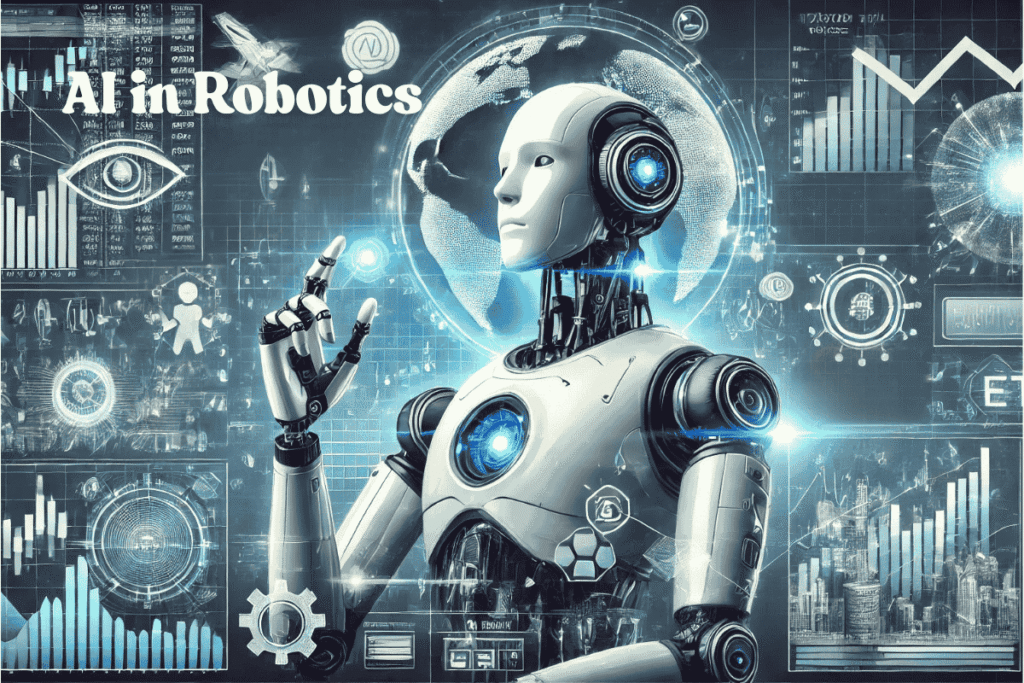
Spot by Boston Dynamics
- Reinforcement learning, computer vision, and SLAM.
- Applications, surveys, monitoring, and investigation.
- Increases security in high-risk zones.
Intuitive Surgical Da Vinci
- Surgical accuracy through images and machine learning in surgery.
- Minimally invasive surgery.
- Can assist in the improvement of surgery outcomes and time of recovery.
Amazon’s Astro
- NLP, vision, and autonomous navigation.
- Useful assistants and surveillance at home.
- Elevates the environment of intelligent homes.
Conclusion
The Revolution of Artificial Intelligence in Robotics enables robots to perform work in the form of some intelligence and autonomy that has never been seen before. Robots can solve the multiple issues of the different industries with the application of AI technologies, including machine learning and computer vision, NLP, and path planning. Despite the remaining concerns, e.g., about complexity, safety, and ethics, edge A and cobots will eventually contemplate a future when robots will become part of society.
The immense potential of AI and robotics present us with an intelligent, fresh new world, and all it needs to do is change the nature of living and working. How does AI contribute to developing modern robot autonomous?
FAQS
- What is the role played by AI in robot navigation?
Controls movement using autonomous motion through SLAM and path finding.
- How does computer vision fit into robotics?
Makes robots capable of seeing and interpreting the visual environment.
- Why is reinforcement learning significant in robotics?
Train robots to get the best performance by trial and error.
- Which industries are capable of utilizing AI-oriented robotics?
Space, logistics, medicine, farming, and manufacturing.
- What could be a challenge for AI in robotics?
Safety and reliability in changing environments.
